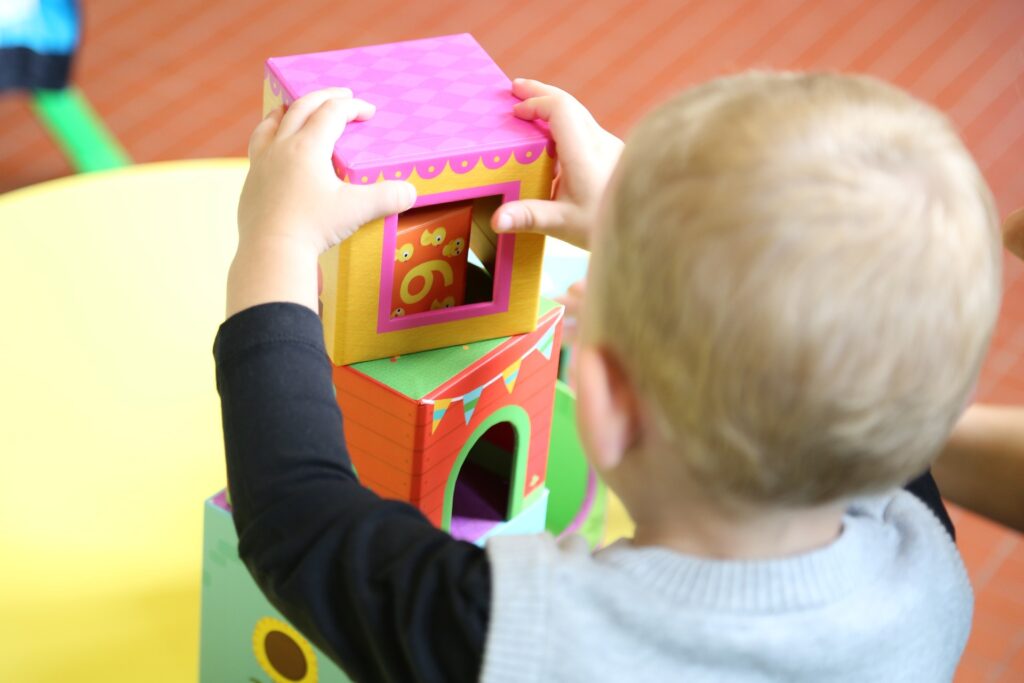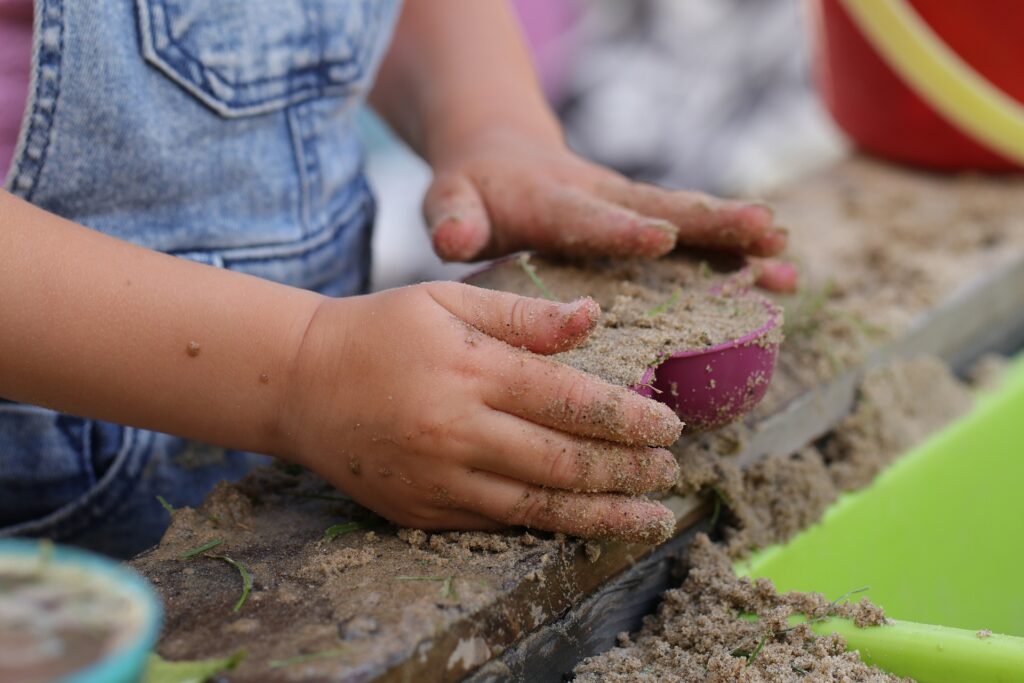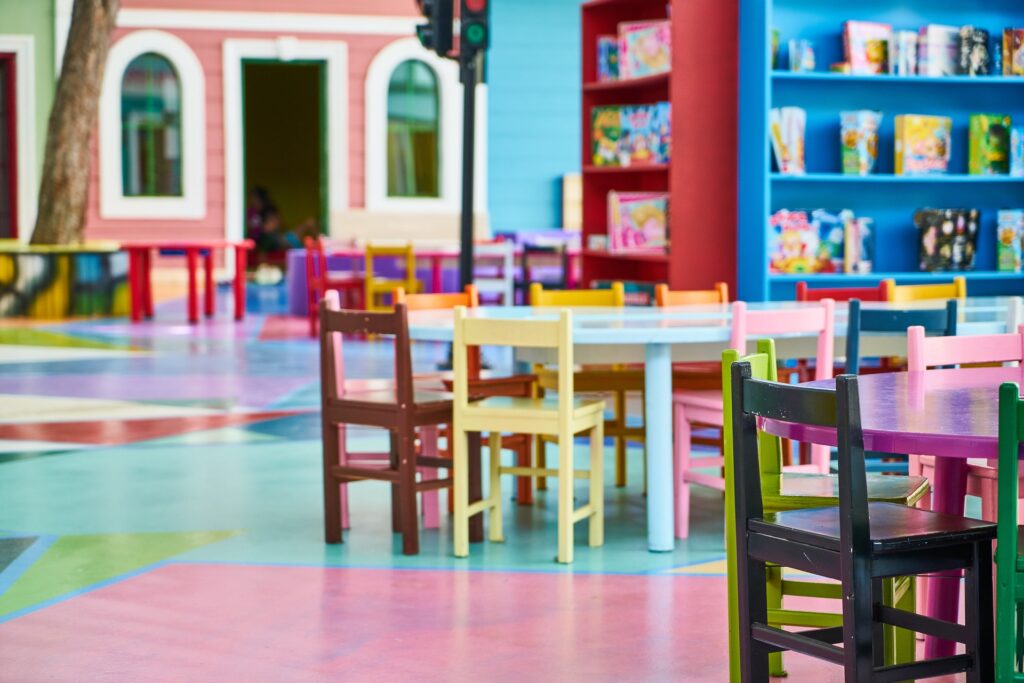Designing a nursery can be one of the most exciting projects for parents and caregivers. It’s not just about aesthetics; creating a nurturing environment significantly impacts a child’s development. A well-designed nursery should be a sanctuary that promotes comfort, safety, and creativity. Here are key tips for creating an inviting and stimulating nursery for children.
1. Choose Soothing Colors
Color plays an essential role in setting the mood. Soft, neutral tones like pastels—light blues, greens, and yellows—can create a calming atmosphere conducive to rest. You can add splashes of brighter colors through accessories like cushions, toys, or artwork. This balance promotes tranquility while still engaging their imagination. Avoid overly stimulating patterns or colors that might overwhelm young minds.
2. Focus on Safety First
Before considering aesthetics, ensure the nursery is a safe space. Secure heavy furniture to the wall to prevent tipping, use soft corner protectors on furniture, and choose non-toxic paint and materials. All furnishings should be age-appropriate, and any small items should be kept out of reach to prevent choking hazards. A safe environment lays the foundation for a nurturing space where children can freely explore.
3. Create Defined Zones
Organizing the nursery into distinct areas can enhance functionality and stimulate creative play. Consider zones for sleeping, playing, and reading. A cozy sleeping area with a crib or bassinet, surrounded by soft textiles, encourages restful sleep. A play zone can feature soft mats and a variety of age-appropriate toys to promote exploration. Meanwhile, a quiet reading nook can be established with comfortable seating and a selection of colorful books, fostering a love for reading from an early age.
4. Incorporate Natural Light
Lighting significantly affects mood and energy levels. Ideally, place the nursery to take advantage of natural light. Use sheer curtains to allow sunlight to filter in and create a bright, cheerful environment. During the evening, opt for soft, adjustable lighting so you can create a cozy atmosphere during bedtime routines. Avoid harsh overhead lighting that can be jarring and replace it with gently diffused light sources.
5. Add Textures and Soft Furnishings
Textures can stimulate a child’s sense of touch and encourage exploration. Include a variety of materials in the nursery such as plush rugs, cushioned seating, and soft blankets. Ensure that these items are washable and made of non-toxic materials. Utilizing layered textures not only provides comfort but also invites children to engage with their surroundings.
6. Use Multi-Functional Furniture
Selecting furniture that serves multiple purposes can maximize space and enhance versatility. Consider cribs that convert into toddler beds, storage ottomans that double as seating, or bookshelves that can hold toys and books. This approach not only saves space but also helps teach children about organization and the importance of caring for their belongings.
7. Personalize the Space
Infusing personal touches can make the nursery feel unique and inviting. Incorporate family photos, handmade crafts, or a growth chart on the wall. Personalizing the space helps create a sense of belonging, making the nursery feel like home to your child. Engage older siblings in decorating their new sister or brother’s space to foster excitement and connection.
8. Encourage Movement and Exploration
Children thrive in environments that encourage physical activity. Ensure that there’s enough open space for crawling, walking, and playing. Incorporate elements that stimulate movement, such as a soft play gym, climbing structures, or a small ball pit. As children grow, versatile play items can help adapt the space to their evolving interests.
Conclusion
Creating a welcoming nursery environment requires careful thought and planning. By focusing on soothing colors, safety, defined zones, natural light, textures, multi-functional furniture, personalization, and promoting exploration, you can design a nursery that not only looks beautiful but also supports your child’s development. This nurturing space will help lay the groundwork for a lifetime of learning and creativity.




